HD Pentax-D FA* 85mm F1.4 ED SDM AW
Aberrations
No lens can be totally free of optical flaws. The following list describes the main defects that a lens can suffer from.
Name | Description |
| Chromatic aberration | Different colors do not have the same focus point. The result is colored lines (usually red or green) on edges showing a sharp transition from clear to dark tones, and a general decrease of the sharpness. Occurs mostly at wider apertures. Easy to correct via software. Mitigated by the use of achromatic lens elements. In simple terms, lateral CA occurs in the in-focus zones, while longitudinal CA occurs in out-of-focus zones. |
| Purple fringing | Sometimes caused by chromatic aberration effects. Can also occur because the RGB color filters in front of pixels create differences in pixel sensitivities. Creates a purple band on edges showing a sharp transition from clear to dark tones. Occurs mostly at wider apertures. Easy to correct via software. |
| Flare | Internal reflections on the various lens elements cause a decrease of contrast, the apparition of a bright veil, or ghosting. Occurs if an image includes bright light sources, especially if the light source is near the edge. Using a lens hood helps to control flare. Better lens coatings greatly reduce the effect. |
| Ghosting | A type of flare causing artifacts (orbs) to appear on an image including bright light sources, especially if the light source is near the edge. Can be used artistically. |
| Coma | Flaws in the optical design cause point sources (such as stars) located on the sides of the frame to appear elongated. Dependent on the lens design. |
| Distortion | Straight lines appear curved. Dependent on the lens design. Tested on another page. |
| Spherical aberration | Light rays hitting the sides of the lens do not have the same focus point as those passing through the center. Mitigated by the use of aspherical elements. |
Not all of those optical effects are easy to test independently. Purple fringing and chromatic aberrations are almost always coupled, and will be tested together. Flare and ghosting will also be measured as a pair. Distortion will get its own page later in this review. The other aberrations will not be formally tested as their effects are both harder to isolate and less prominent in everyday shooting.
Flare
Flare will affect images in which a bright light source, such as the sun, is present in the frame or near its border. The use of a lens hood helps reduce the effect for side lighting, as does a recessed front element. High-quality lens coatings play a very important role in minimizing flare, by improving light transmission and minimizing internal reflections.
The D FA* 85mm uses Pentax's recently-developed HD coatings, the best that Pentax currently offers.
Flare Test One - Center-of-Frame Sunlit Flare
As usual, we used the sun as our light source for flare testing. It is bright and covers a wider range of wavelengths than most artificial light sources. We offset the sun slightly in order to see eventual ghosting which could be hidden if there was a straight line between the light source and the sensor. You can click on the thumbnails for larger views.
| F1.4 |  |
| F2 |  |
| F2.8 |  |
| F4 |  |
| F5.6 |  |
| F8 |  |
| F11 |  |
| F16 |  |
There are absolutely no occurences of flare or ghosting visible with the sun in the center. It doesn't get any better than this.
Flare Test Two - Edge of Frame
For this test, we placed the light source in the corner of the frame, directly illuminating the sensor. You can click on the thumbnails for larger views. We looked at both the APS-C and full frame fields of view.
Full frame
| F1.4 |  |
| F2 |  |
| F2.8 |  |
| F4 |  |
| F5.6 |  |
| F8 |  |
| F11 |  |
| F16 |  |
With the sun in the corner, there is a shall ghost visible at F8 and smaller apertures, in the opposite corner to the light source. It is not distracting, and quite discreet. At the wider apertures most likely to be used with this lens, there are no occurrences of flare or ghosting.
APS-C
| F1.4 |  |
| F2 |  |
| F2.8 |  |
| F4 |  |
| F5.6 |  |
| F8 |  |
| F11 |  |
| F16 |  |
Surprisingly, with the APS-C crop ghosting is more prominent. There is a halo visible at wider apertures, starting at F2.8 and becoming less visible at the smallest apertures. Not bothersome in most cases, but still present.
Chromatic Aberration Test
For this test we used a well-lit, sharp transition from dark to bright, in order to make manifest any chromatic aberration present in the image.
We then looked at three parts of the image: the focus point, the top, and the bottom (beyond and before the focus point). We tested the crop size of a full frame and APS-C sensor. The center point is the same. You can click on the images to see 100% crops, and navigate by using the left-right arrows.
Full Frame
Center | Top | Bottom | |
| F1.4 |  | 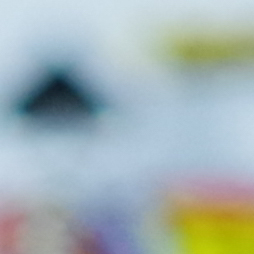 | 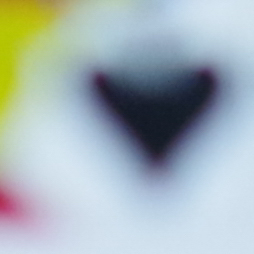 |
| F2 | 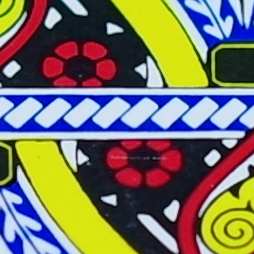 | 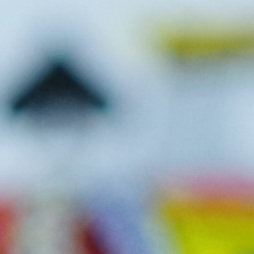 | 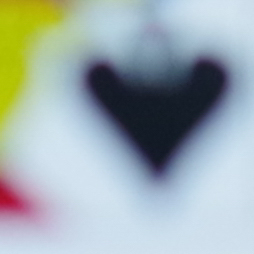 |
| F2.8 | 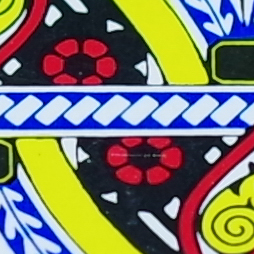 | 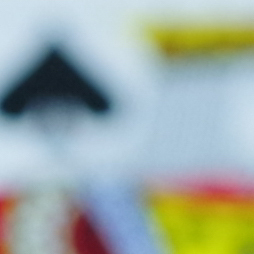 | 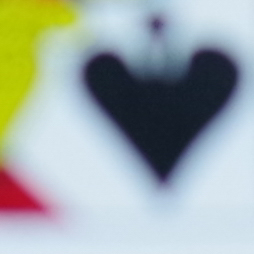 |
| F4 | 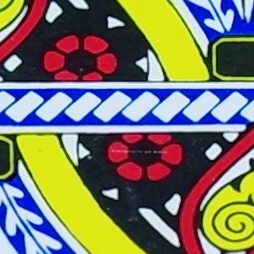 |  |  |
| F5.6 |  |  | 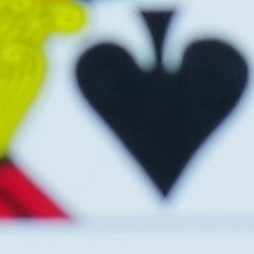 |
| F8 | 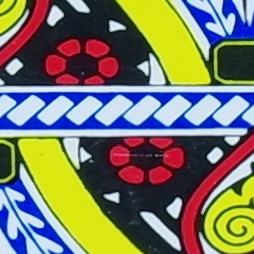 |  | 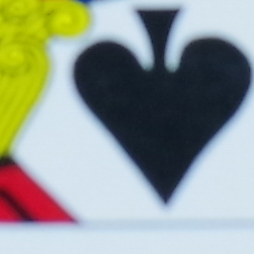 |
| F11 |  |  |  |
| F16 | 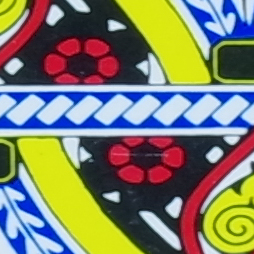 |  |  |
While the center is free from chromatic aberrations, the top and bottom areas show visible CA up to F5.6, especially visible at the top. It is lucky that modern cameras can automatically remove this effect. It is quite visible at the widest settings.
APS-C
Center | Top | Bottom | |
| F1.4 |  | 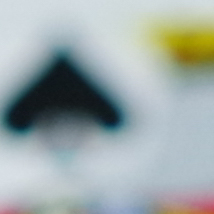 |  |
| F2 |  |  | 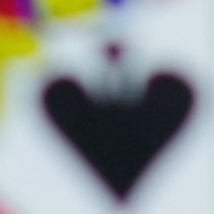 |
| F2.8 |  |  |  |
| F4 |  |  |  |
| F5.6 |  |  |  |
| F8 |  |  |  |
| F11 |  |  |  |
| F16 |  |  |  |
The APS-C crop also shows CA. The effect is visible up to F4, one stop less than on full frame.
Verdict
Flare and ghosting with the light source in the center is completely absent, an excellent result. With the source elsewhere on the frame, results vary. When it is located fully in the corner, some ghosting will occur at smaller apertures, while wider apertures will be more sensitive to ghosting when the light source is placed at an intermediate position (equivalent to the APS-C crop). In all cases, the ghosting halos are discreet and should not be bothersome in most shooting scenarios.
CA is not particularly impressive. It is present, and visible, at wider apertures, going away at smaller settings than F5.6 on full frame, and F4 on APS-C.



